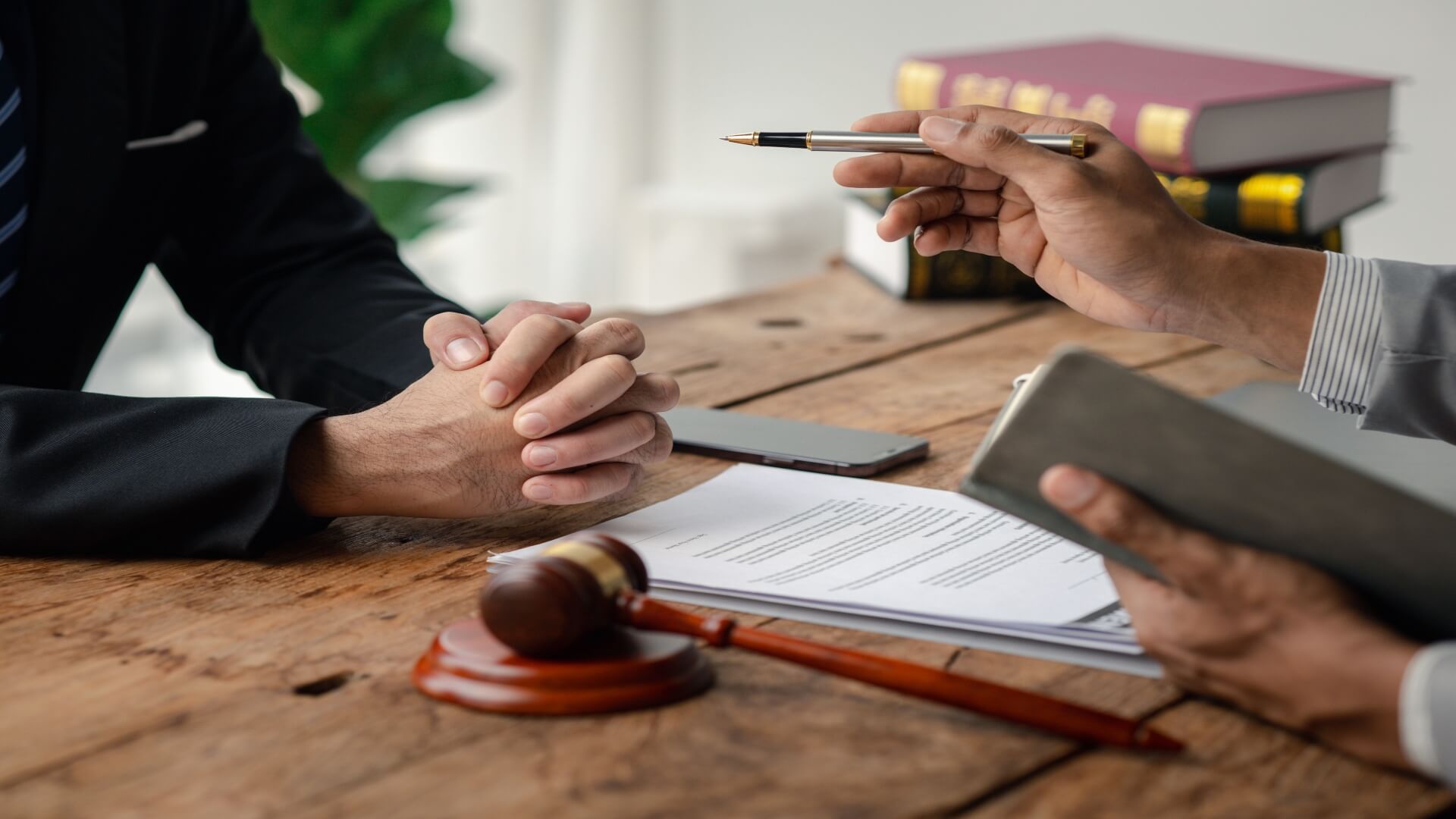The Juris Doctor (JD) is the professional degree required to practice law in the United States. It is a demanding three-year program that provides a comprehensive foundation in legal principles and prepares graduates for a variety of legal careers.
Core Curriculum and Elective Courses
The Juris Doctor JD curriculum typically covers a wide range of legal subjects, including:
- Core Courses: These foundational courses cover fundamental areas of law such as constitutional law, contracts, criminal law, property law, torts, and civil procedure.
- Elective Courses: Students can choose from a wide variety of elective courses to specialize in specific areas of law, such as business law, environmental law, intellectual property law, or international law.
Experiential Learning Opportunities
Many law schools offer experiential learning opportunities that allow students to apply their classroom knowledge to real-world situations. These opportunities may include:
- Clinical Programs: Supervised legal work in clinics serving low-income clients or addressing specific legal issues.
- Internships: Internships with law firms, government agencies, or non-profit organizations.
- Moot Court Competitions: Simulated court competitions that allow students to develop their oral and written advocacy skills.
Preparing for Law School
Admission to a competitive law school typically requires a strong academic record, including a high undergraduate GPA and a high score on the Law School Admission Test (LSAT).
Career Paths for JD Graduates
A JD degree opens doors to a wide range of career paths, including:
- Litigation: Representing clients in court, conducting legal research, and preparing legal documents.
- Transactional Law: Advising clients on business transactions, such as mergers and acquisitions, contracts, and real estate deals.
- Government Service: Working as a prosecutor, public defender, or government attorney.
- Academia: Teaching law at a university or law school.
- Business: Working in-house as a corporate attorney for a private company.
The Importance of Professional Development
The legal profession is constantly evolving, and ongoing professional development is crucial for success. Continuing legal education courses and professional networking opportunities can help lawyers stay current with legal developments and build their professional networks.







